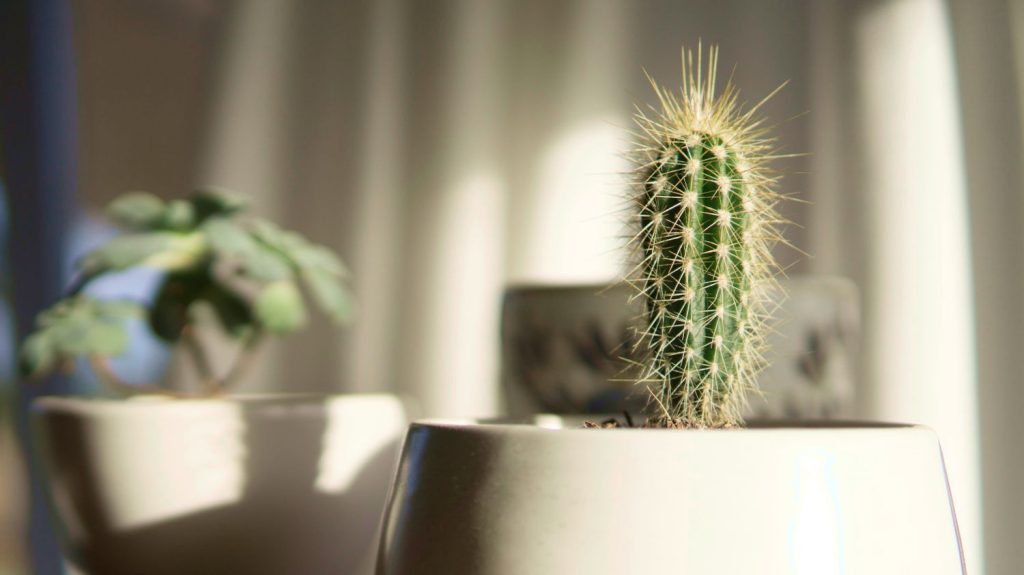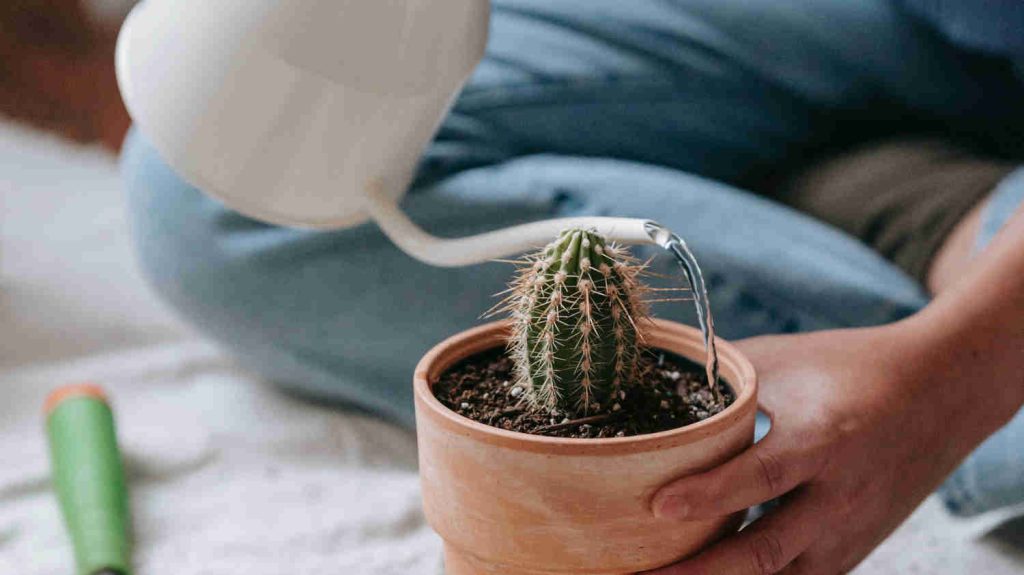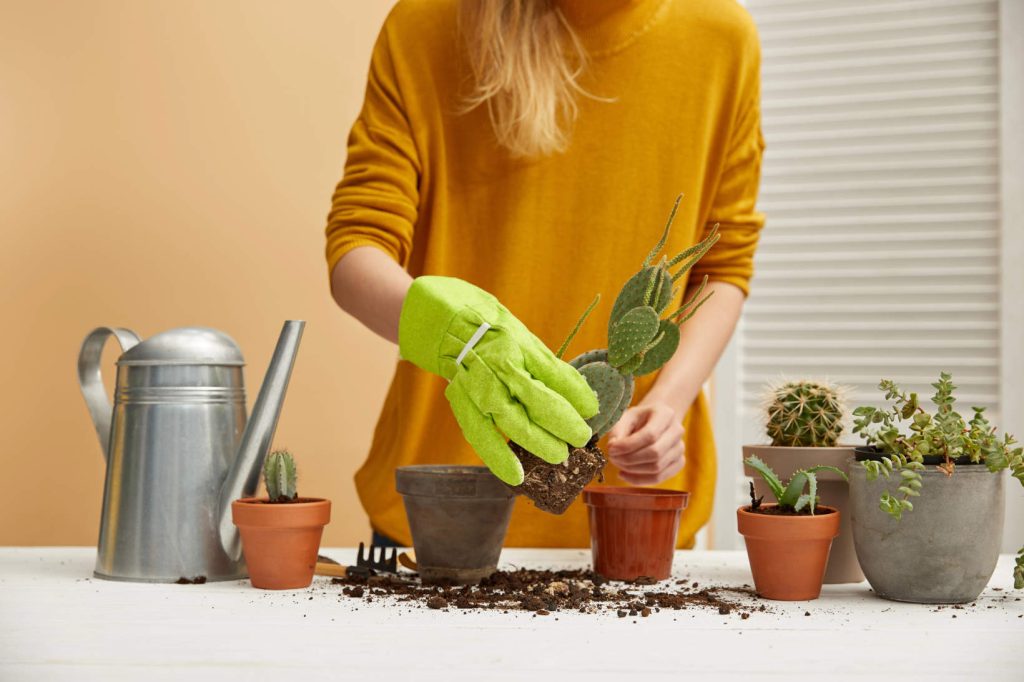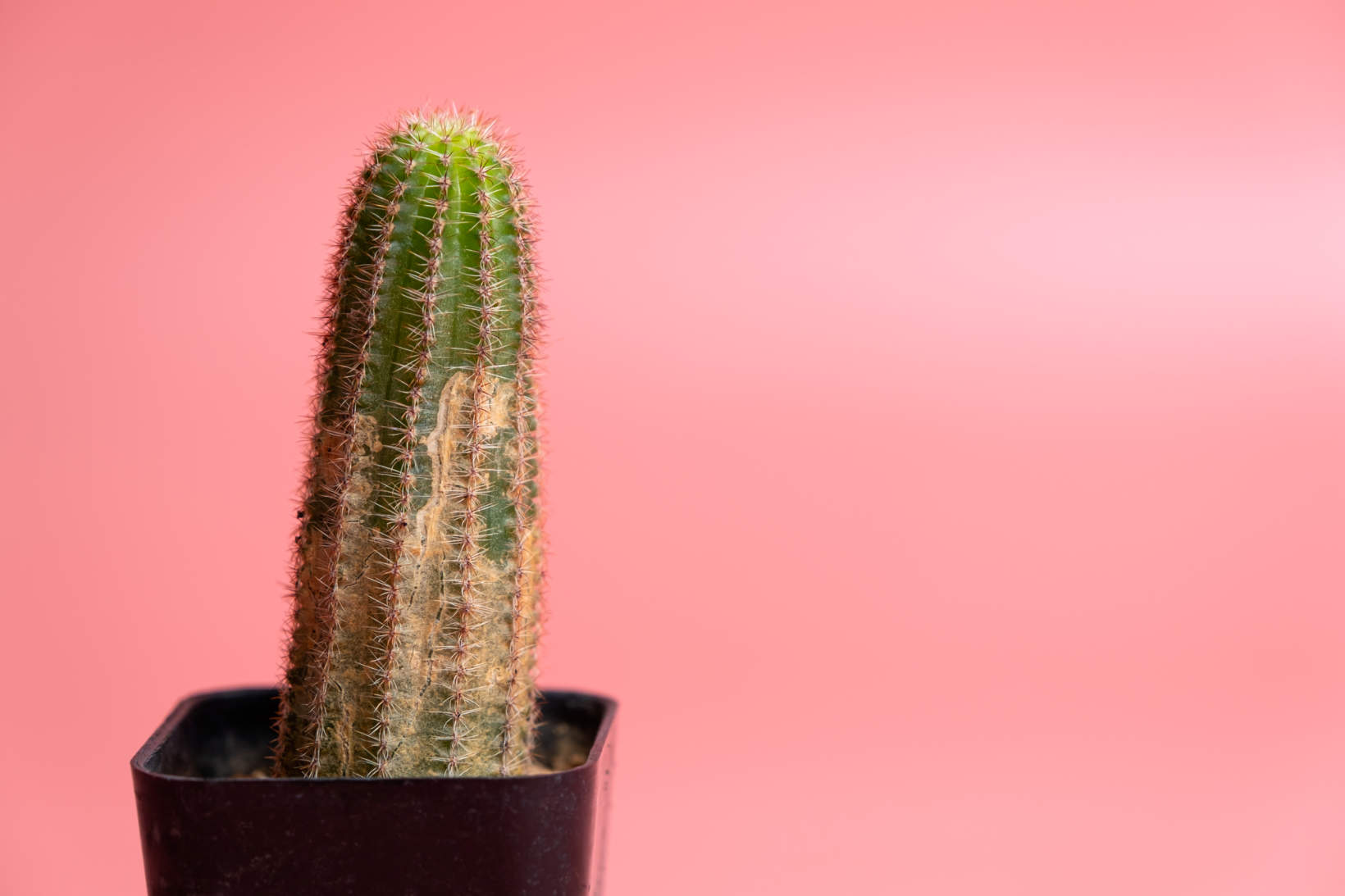Corking Cactus: Causes and Solutions
Corking can look alarming if you have never seen it before on your cactus. Corking is a normal process where a cactus develops a brown, woody layer, usually near the base, and it often happens as your plant gets older. It can sometimes be confused with rot or disease, but corking is not harmful and does not mean your cactus is dying.
You might notice the cactus skin turning rough or bark-like, which is just your plant protecting itself from stress, damage, or sun exposure. Learning the difference between corking and real problems like rot can help you care for your cactus the right way.
Key Takeaways
- Corking is a natural part of cactus growth.
- It appears as a woody, brown layer, often at the base.
- Knowing signs can help you prevent mistakes in plant care.
What Is Corking in Cacti?
Corking is a natural process where a cactus develops a tough, brownish layer, usually starting at the base. This change can look alarming, but it is often a sign of age rather than disease.
How Corking Develops
Corking happens when the lower part of a cactus becomes dry, firm, and turns brown or gray. The plant produces a woody tissue that acts as a protective barrier. This process usually begins at the bottom, moving upward as the cactus ages.
You might notice that the surface feels rough, almost like bark. Corking does not spread quickly. It can take several months or even years to become noticeable.
Main cause:
- Normal aging
- Sun exposure over time
Corking helps support older cacti, making them strong enough to hold up their own weight. The tissue is not alive like the green part but protects the plant inside from pests, injury, and harsh weather.
Types of Cacti Affected
Most types of columnar cacti are prone to corking, including species like Echinopsis and Trichocereus. Large, tree-like cacti like the saguaro cactus also cork as they mature.
You will see corking more in older or larger plants. Smaller globular cacti may show less corking, but they can still develop some woody tissue near the base with age.
Corking is common in both indoor and outdoor cacti. It is most obvious in cacti grown for many years. Younger cacti rarely show true corking early in life.
Corking Versus Other Cactus Issues
It is easy to confuse corking with cactus rot or disease. Corking creates dry, firm, and rough tissue, while rot is usually soft, mushy, and spreads quickly.
Key differences:
| Corking | Rot/Disease |
|---|---|
| Dry, woody | Wet, soft |
| Starts at base | Can appear anywhere |
| Slowly spreads | Spreads rapidly |
| No bad smell | Foul odor possible |
If the corked area stays dry and hard, your cactus is likely healthy. If you see dark spots, foul smells, or the tissue turns soft, you might have a problem that needs care. Always check around the base, stems, areoles (the small bumps where spines grow) for signs of rot rather than corking.
Causes and Signs of Corking
Corking in cacti is a process where the plant’s stem develops dry, brown patches or lines, often starting near the base. These changes may appear alarming, but they do not always signal a problem.
Normal Aging Process
As cacti age, they can develop a corky, brown tissue, especially near their base. This tough, bark-like layer helps support older stems, protecting them from injury and water loss as they get larger.
You may see brown spots or even a brown scar forming in these areas. The tissue will feel firm, not soft or mushy. Many healthy cacti show this kind of corking naturally in response to growth.
This process is different from rot. Rot feels soft or gives off a foul smell, while natural corking stays dry and hard. If the brown area is firm and the rest of your cactus looks healthy, the plant is probably just getting older.
Environmental Factors
Environmental stress can also cause corking. High or low temperatures and sudden exposure to full sun are typical triggers. When a cactus is not acclimated to bright sunlight, quick sunburn can lead to brown scars and corking anywhere on the plant.
Too little water or poor soil nutrients can also cause this kind of change. You might notice brown spots or bands appearing higher on the stem, not just at the base. These signs mean you should review your growing conditions.
Environmental corking is often patchy and irregular. It may be accompanied by signs of injury, like scabs or dried wounds. If you see a pattern linked to recent changes in care or weather, adjusting those factors can help prevent further corking.
Preventing and Managing Corking
Corking in cactus happens mainly as the plant ages, but certain care practices can slow its progress and reduce damage. Paying attention to light, watering, soil, and handling helps keep your cactus healthy and attractive.
Proper Light Exposure

Too much direct sunlight can increase corking, causing the skin at the base to thicken and harden faster. While cactus generally prefer bright, direct light for most of the day, placing your plant in a spot with filtered sunlight helps prevent sunburn and stress that can make corking worse.
If you grow your cactus indoors, a windowsill with lots of light but no harsh, midday sun is ideal. Outdoors, provide some shade during the hottest hours. Use sheer curtains or move potted cacti to a spot with gentle morning sun and dappled shade in the afternoon.
Keep in mind that different species have their own light needs. Some desert types handle more direct sun, while forest cacti usually need more shade. Watch your cactus for signs of sunburn or stretched, pale growth and adjust its location as needed.
Optimal Watering and Soil Drainage

Overwatering leads to root rot, which can damage tissue and trigger or speed up corking. Use a potting mix that is fast-draining, such as cactus soil with perlite or sand, to keep roots healthy. Avoid regular garden soil, which holds too much water for most cacti.
Water your cactus only when the top inch of soil is completely dry. In winter or periods of low light, water even less often. Drain any excess water from the bottom of pots, and never let the plant sit in a saucer of water.
A simple guide:
| Season | Watering Frequency |
| Spring/Summer | Every 1-2 weeks |
| Fall/Winter | Every 4-6 weeks |
Check for glochids, tiny spines that irritate skin, before handling, especially when watering or checking soil.
Careful Repotting Practices

Repotting your cactus incorrectly can cause injuries that later turn into corked areas. Always handle the plant gently, using tongs or thick gloves to protect both the plant and your hands from sharp spines and glochids.
Choose a pot that is only slightly larger than the old one and make sure it has drainage holes. When removing the cactus from its pot, tap the sides to loosen soil rather than pulling hard. Place the plant in its new container, fill gaps with fresh, well-draining cactus mix, and wait several days before watering to allow roots to heal.
Repot every 2-3 years or if you notice the soil breaking down. For optimal results, repot the plant during its active growth period, usually in the spring or early summer. Proper repotting lowers the risk of damage and reduces the chance of excess corking.

